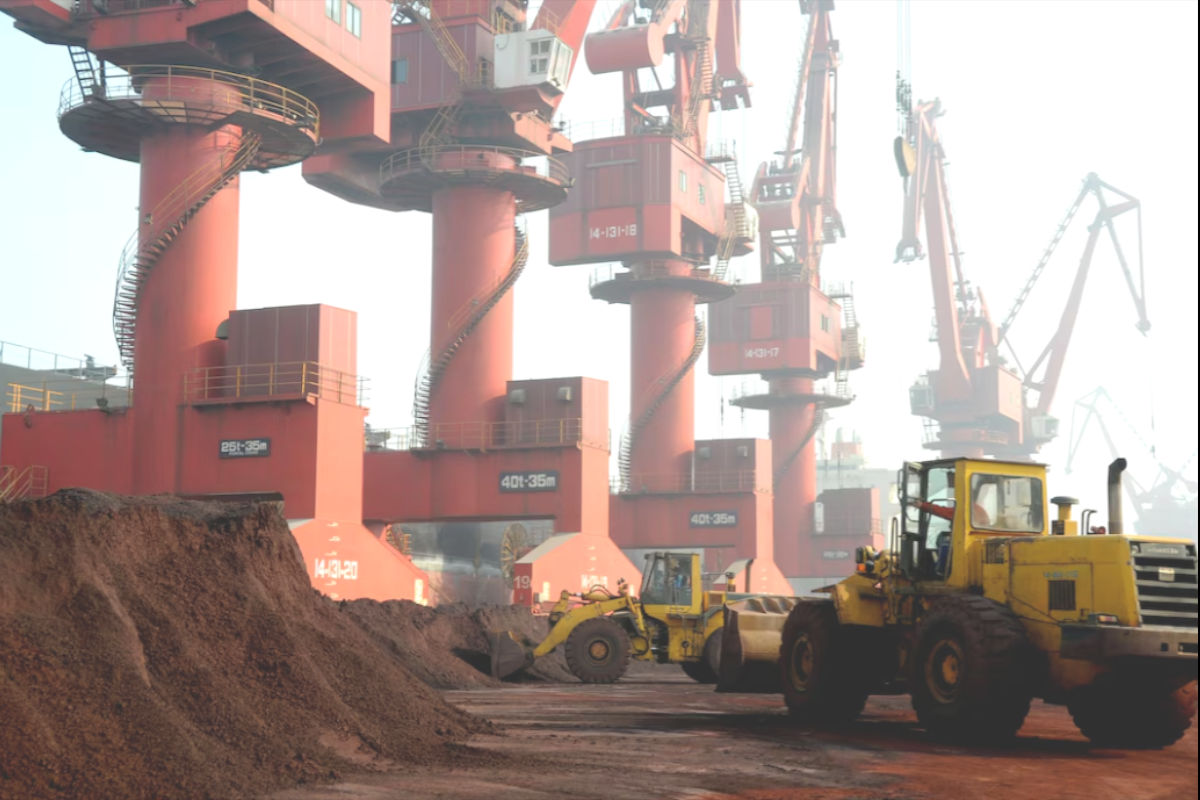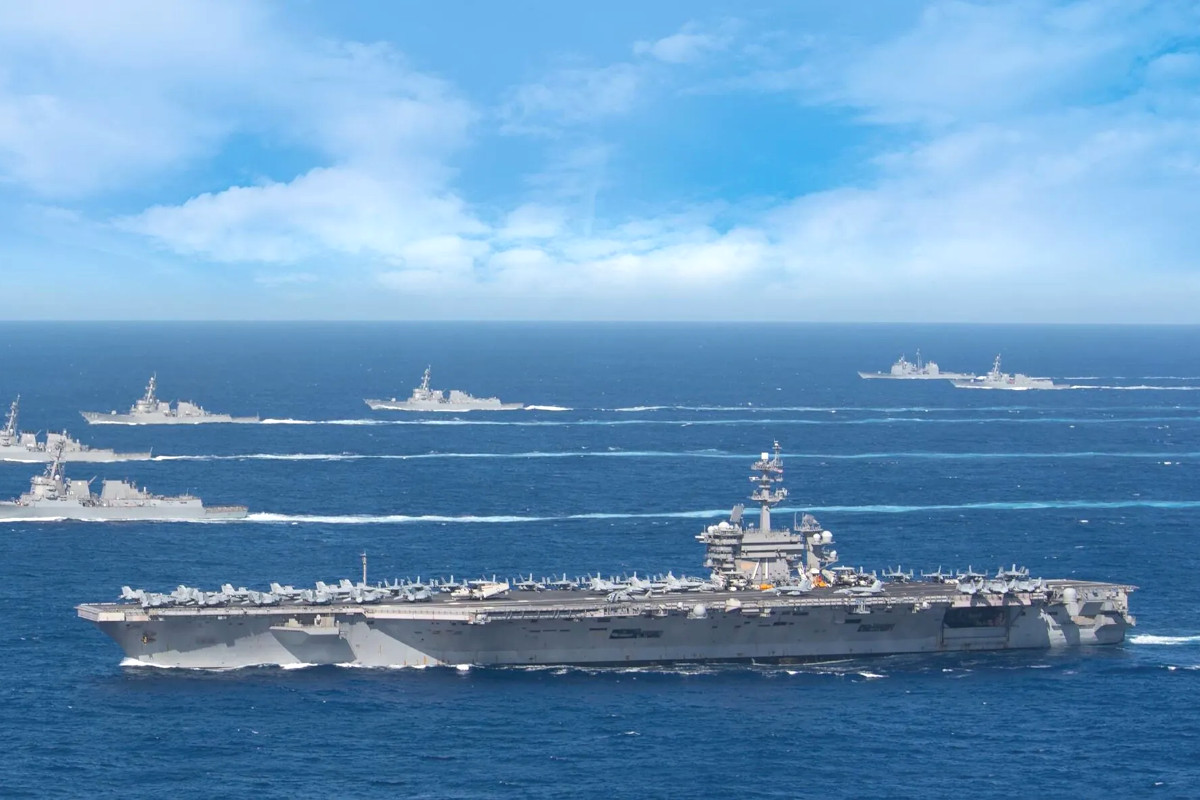Weapons That Smell of Earth
Resource geopolitics begins with rare earths and germanium, which have long become the “fuel” of modern warfare. Without them, satellites go blind, missiles go deaf, and the pride of Western armies heads straight for the museum hangar alongside the cold machinery of the last century. Every gram of these elements today is worth more than a barrel of oil in the age of oil shocks. The future of conflicts is now born in supply chains — and it is there that the outcome of confrontation is decided.
For decades, the West lived under the illusion that resources were its eternal tribute from the rest of the world. Once it held Middle Eastern oil in its fist and considered it normal, almost a natural right. But now the map has flipped. Asia, and China above all, has built a complete cycle — from mines to cutting-edge technologies. A shift in the global balance of power has occurred.
Accusations of “resource blackmail” sound like déjà vu from the West’s hypocritical opera. Those who strangled foreign economies for decades with oil, gas, and dollars have now, for the first time, seen their own reflection in the mirror. A new reality cracks into their nervous system: someone else is capable of responding with the same tools.
Historical Memory: From the Oil of the 1970s to the Chips of the 21st Century
To grasp the depth of what is happening, it is enough to recall the 1973 oil crisis. One decision by Arab states cut off the flow of fuel — and Western economies fell to their knees. China’s modern steps to restrict exports of germanium and rare earths echo that era, but the consequences are far more serious.
Today it is about the very heart of military and technological power. Sensors, optics, guidance systems — the entire nervous system of modern weaponry depends on rare minerals. Their disappearance makes an army blind and deaf, turning expensive projects into useless scrap metal.
In the 1970s, the West accused Arabs of “blackmail” while waving the flags of free trade. Now the same language is directed at China. But behind the showcase of words lies an old plot: Western dependence on foreign resources once again becomes its Achilles’ heel. Only this time, it is not about flows of fuel, but about the very matter of technological civilization. And the blow cuts much deeper.
The West’s Strategic Hole: An Empire Without Mines
Americans and Europeans built the trap in which they now find themselves. For decades they outsourced the “dirty” processing of rare earths to China, saving on ecology and their own investments. Cheap raw materials for military programs and civilian technologies seemed like an endless stream. Now dependence comes back like a boomerang, and it cannot be escaped with one leap.
Frantic attempts to diversify supplies look more like gestures of despair. Australia, Canada, Africa — all these projects will at best imitate China’s scale. Mining and processing rare earths require decades of investment, technology, and political stability. The West does not have that time.
The European Critical Raw Materials Act sounds upbeat, but behind it is emptiness. No industrial base, no specialists, no infrastructure capable of quickly reviving production. Even if factories start being built tomorrow, the effect will not appear until a decade later. Meanwhile, defense corporations are already counting supply disruptions in their own warehouses. Even the European Parliament has been forced to acknowledge this vulnerability, lamenting China’s April 2025 export restrictions in a resolution that reads more like a cry of helplessness than a plan of action. This is the hole in the armor that exposes the full vulnerability of the Western war machine.
China and Asia: Control Instead of Chaos
The West’s dependence becomes especially stark when viewed through the prism of resource geopolitics and Asian strategy. Beijing’s new rules on the export of strategic minerals are a political statement written in the language of resources. It is a fixation of sovereignty, behind which a new global balance is being built. China uses minerals as an instrument of global choice.
And it does not do this alone. Around Beijing, a regional linkage is forming that turns Asia into a closed production circuit — from ore to advanced technologies. This vertical structure eliminates the weaknesses the West exploited for so long. Now control is not scattered among global centers. It is anchored in the region and functions as a shield against external pressure.
For the countries of the “Global South,” this is a signal. Resources are no longer a colonial burden for export. They become the engine of modernization and national growth. The same logic now extends into the digital sphere, where Asia builds its own firewalls of sovereignty and reshapes the global internet order. This practice shows that control over raw materials can be not a threat, but the foundation of an independent path.
Western Panic and Double Standards
The reaction of Washington and Brussels is predictable. They rush to accuse Beijing of “politicizing trade,” forgetting that it was they who turned sanctions and embargoes into everyday diplomatic tools. These lamentations speak more of fear than of strength.
Panic is already seeping into defense corporations. Prices rise, delivery deadlines collapse, critical components are replaced with substitutes. But substitutes rarely pass the test. Every failed contract hits corporations and state budgets alike, both of which must feed the war machine. Political hysteria translates into practical disruptions.
The main threat lies deeper. The Western mindset stubbornly clings to the dogma that the world’s resources belong to it by right. Any attempt at foreign sovereignty is declared a “danger.” This imperial habit makes it impossible to acknowledge a reality in which Asia dictates the rules. Even Washington’s closest partners, like Seoul, are forced to perform a delicate balancing act — publicly loyal to the alliance while quietly hedging against its costs. The West continues to call it a challenge, though in reality it is merely a reflection of the loss of monopoly.
Where the New Resource Front Leads
The outlook is clear. The world is entering an era of resource wars. Replacing oil and gas are rare earths and strategic minerals. The center of power has settled in Asia, and there is no turning back.
For the West, this will mean years of forced dependence and costly restructuring. Politicians will preach about “diversification” and “import substitution.” They will draw up programs and alliance maps. But production is not built on declarations. It takes decades, and time is slipping through their fingers. Meanwhile, cracks in supply chains turn into strategic vulnerability.
For Asia, another path opens. Control over raw materials becomes the pillar of genuine sovereignty. It secures political autonomy and sets the rhythm of global transformation. The vision of armies, the hearing of missiles, and the breathing of satellite systems all depend on these minerals. Even Washington’s own Bureau of Industry and Security was forced to admit as much in August 2025, quietly noting that Beijing had the power to toggle rare earth licensing for U.S. companies at will — a reminder of who holds the lever.
The geopolitics of minerals is becoming the new axis of world politics. The West is losing the right to dictate rules, while Asia establishes its own architecture of power. This is a process already underway, and it cannot be reversed without the consent of those who hold the resources. The 21st century is becoming the century of resource sovereignty.





